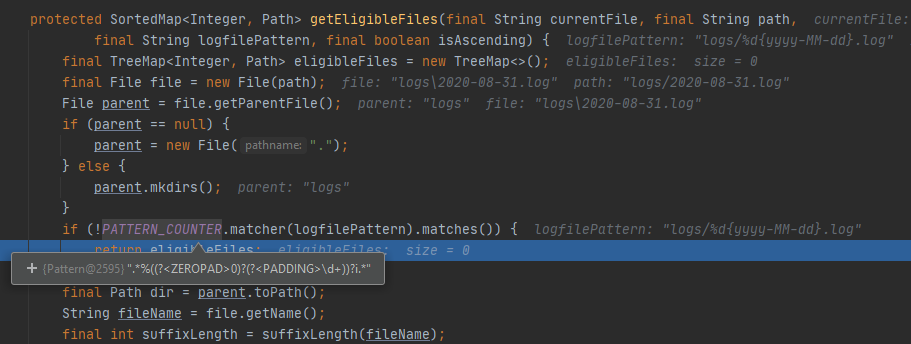Bạn đang muốn tìm hiểu thông tin về chủ đề “Java Design/Spring Boot question, how to break down responsibilities inside a Service”. chuyenphatnhanhdhlvn.com sẽ tổng hợp các thông tin để trả lời thắc mắt cho các bạn trong bài viết này. Mời các bạn đọc hết bài viết này để tìm được những thông tin mà mình muốn xem nhé. Bạn cũng có thể xem thêm một số bài viết chủ đề khác tại đây: chuyenphatnhanhdhlvn.com/blog tcs java spring boot interview questions, Spring Interview Questions, spring boot interview questions in accenture, spring, spring boot interview guide, spring boot coding questions, Spring Boot Interview Questions, aws spring boot interview questions, Spring questions and answers.
Xem thông tin về Java Design/Spring Boot question, how to break down responsibilities inside a Service
Thông tin về câu hỏi
- Câu hỏi: Java Design/Spring Boot question, how to break down responsibilities inside a Service
- Thời gian hỏi: Hỏi lúc 40 Phút Trước
- Thời gian trả lời: Trả lời 124 Giờ Trước
- Số lượt xem: 1927
Java Design/Spring Boot question, how to break down responsibilities inside a Service
When designing a Spring Boot service, it’s important to break down responsibilities in a way that promotes maintainability, scalability, and testability. Here are some guidelines for how to do this effectively:
-
Keep services small and focused: Each service should have a single responsibility, and it should do that responsibility well. If a service starts to become too large, consider breaking it down into smaller services with more focused responsibilities.
-
Follow the Single Responsibility Principle (SRP): Each service should have a single reason to change. If a service is responsible for multiple tasks, it becomes harder to maintain and test.
-
Use interfaces to define contracts: Define interfaces for services to help clarify what each service is responsible for. This can also help with mocking and testing.
-
Separate business logic from data access: Keep the business logic separate from the data access logic. This will help with maintainability and testability.
-
Use DTOs (Data Transfer Objects) for input/output: Use DTOs to transfer data between services and clients. This can help with data validation and decoupling.
-
Use the Dependency Injection (DI) pattern: Use DI to inject dependencies into services, instead of having services create their own dependencies. This will help with testability and maintainability.
-
Keep services stateless: Avoid storing state in services. Stateless services are easier to scale and maintain.
By following these guidelines, you can create well-designed, scalable, and maintainable Spring Boot services.
Xem video liên quan đến Java Design/Spring Boot question, how to break down responsibilities inside a Service
Java 8, Spring Boot, Microservices, OOPs, Jpa Interview Questions | Persistant Mock Interview
Hình ảnh liên quan đến Java Design/Spring Boot question, how to break down responsibilities inside a Service
Tìm được 18 chủ đề liên quan đến Java Design/Spring Boot question, how to break down responsibilities inside a Service.
Bạn có thể xem thêm một số thông tin liên quan đến Java Design/Spring Boot question, how to break down responsibilities inside a Service tại đây
- Spring Interview Questions and Answers | DigitalOcean
- 55 Spring Boot Interview Questions (With 5 Sample Answers)
- Top 50 Spring Boot Interview Questions and Answers in 2023
- 5+ Years experienced Spring boot and microservices …
- Chain of Responsibility Pattern in Spring Application
- Spring Boot and Java Tutorial: Build a CRUD API – Auth0
- Inversion of Control and Dependency Injection with Spring
- Top 30 Java Architect Interview Questions with Answers (2023)
Bình luận của người dùng về câu trả lời này
Có tổng cộng 298 bình luật về câu hỏi này. Trong đó:
- 389 bình luận rất tuyệt vời
- 345 bình luận tuyệt vời
- 154 bình luận bình thường
- 25 bình luận kém
- 84 bình luận kém rém
Vậy là bạn đã xem xong bài viết chủ đề Java Design/Spring Boot question, how to break down responsibilities inside a Service rồi đó. Nếu bạn thấy bài viết này hữu ích, hãy chia sẻ nó đến nhiều người khác nhé. Cảm ơn bạn rất nhiều.
